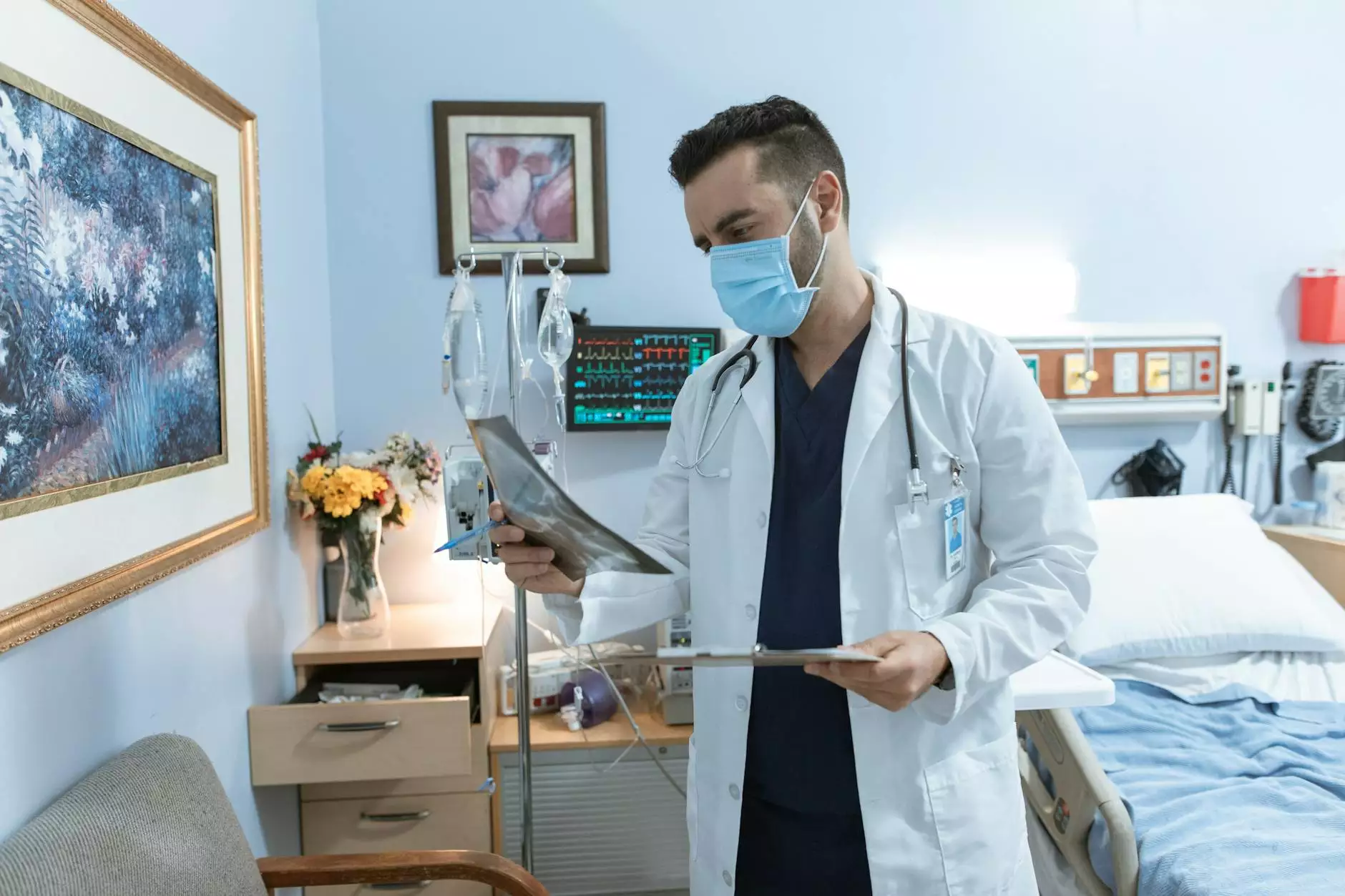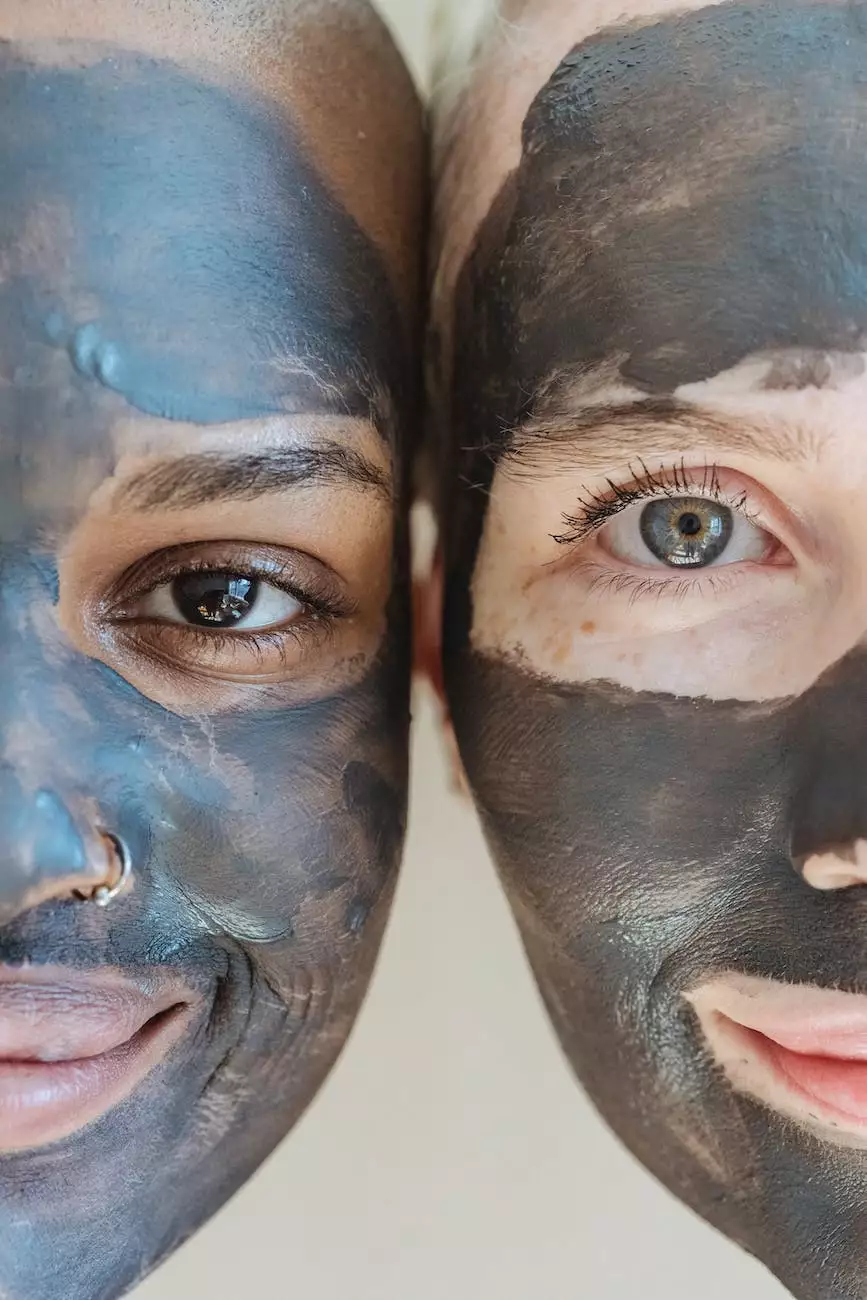When is a Rhinoplasty necessary to Fix Nasal Obstruction?

Welcome to Revived Aesthetics, your trusted source for comprehensive information on cosmetic procedures and treatments. In this article, we will delve into the topic of rhinoplasty and explore when it is necessary to fix nasal obstruction. Our focus is to provide accurate, detailed, and helpful information to help you make informed decisions concerning your health and aesthetic goals.
The Importance of Nasal Breathing
Nasal obstruction refers to any condition that hampers the normal flow of air through the nasal passages, causing difficulties in breathing. Breathing through the nose is crucial for several reasons. It allows the air to be filtered, humidified, and warmed before it reaches the lungs. When nasal obstruction occurs, it can affect one's overall quality of life, including sleep, exercise, and general respiratory function.
Understanding Rhinoplasty
Rhinoplasty, commonly referred to as a nose job, is a surgical procedure that aims to improve the function and shape of the nose. While rhinoplasty is popularly known for its cosmetic benefits, it is also a viable option for individuals with nasal obstruction. By addressing structural issues within the nose, a rhinoplasty procedure can often alleviate breathing difficulties and restore nasal functionality.
Identifying Nasal Obstruction
Nasal obstruction can be caused by various factors, including structural abnormalities, trauma, or chronic conditions. If you experience any of the following symptoms, it may be an indication that a rhinoplasty procedure is necessary to fix nasal obstruction:
- Chronic nasal congestion
- Difficulty breathing through the nose
- Snoring or sleep apnea
- Frequent sinus infections
- Excessive dryness or bleeding inside the nose
If you find yourself struggling with any of these symptoms, we encourage you to consult with an experienced rhinoplasty surgeon like the ones at Revived Aesthetics. They will be able to evaluate your specific condition and provide personalized recommendations to address your nasal obstruction.
The Benefits of Rhinoplasty for Nasal Obstruction
Rhinoplasty offers several benefits when it comes to correcting nasal obstruction. These include:
- Improved breathing: By addressing the underlying structural issues causing nasal obstruction, rhinoplasty can significantly improve nasal airflow, allowing you to breathe more easily and comfortably.
- Enhanced quality of life: Restoring proper breathing can have a positive impact on your sleep, exercise capacity, and overall well-being. It can also reduce snoring and improve sleep apnea symptoms.
- Cosmetic improvement: While the primary focus of rhinoplasty for nasal obstruction is to improve functionality, it can also provide aesthetic enhancements to the shape and appearance of your nose. This dual benefit is often sought after by individuals considering this procedure.
The Rhinoplasty Procedure
Undergoing a rhinoplasty procedure requires careful consideration and thorough preparation. Here is an overview of what to expect during the process:
1. Consultation and Evaluation
During your initial consultation with the rhinoplasty surgeon at Revived Aesthetics, they will evaluate your nasal obstruction symptoms, medical history, and aesthetic goals. This thorough assessment allows them to customize the procedure to best suit your needs.
2. Surgical Plan
Based on the evaluation, the surgeon will develop a surgical plan to address your nasal obstruction. This plan takes into account any necessary modifications required to improve nasal functionality while considering your desired aesthetic outcomes.
3. The Surgical Procedure
Rhinoplasty is typically performed under general anesthesia to ensure your comfort throughout the procedure. The surgeon will make discreet incisions inside the nostrils or across the base of the nose (columella) to access the underlying structures. They will then reshape and reposition the nasal bones, cartilage, and soft tissues to restore proper nasal function.
4. Recovery and Post-Operative Care
Following the rhinoplasty procedure, you will be given specific post-operative instructions to aid in your recovery. It is essential to follow these instructions diligently to promote optimal healing and achieve the desired results. The recovery period can vary for each individual, but you can expect some swelling, bruising, and mild discomfort, which will gradually subside over time.
Conclusion
When nasal obstruction affects your day-to-day life and functionality, a rhinoplasty procedure can often provide the necessary relief and restore normal breathing. At Revived Aesthetics, we are dedicated to prioritizing your well-being and delivering exceptional results. Consult with our experienced rhinoplasty surgeons to explore your options and take the first step towards improved nasal function and overall quality of life.










